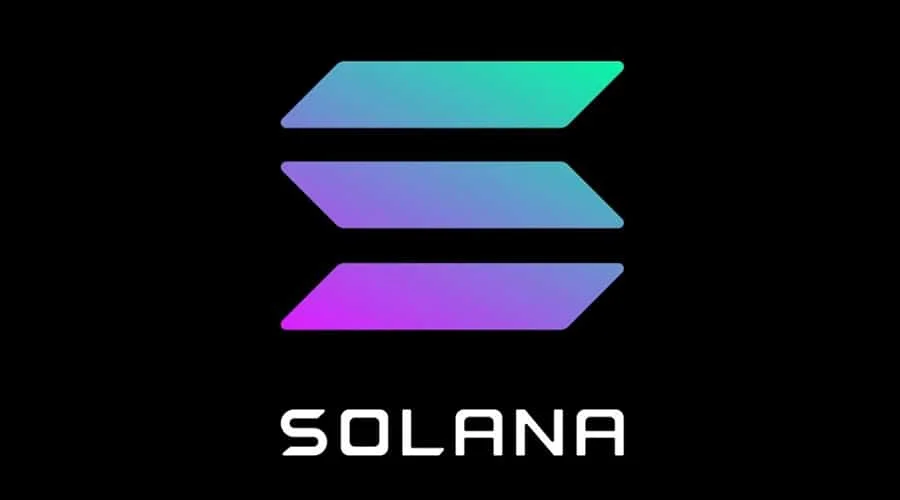Solana Vs. Polkadot
Polkadot may be the most exciting development in the crypto since the launch of Ethereum but then there is Solana too. Solana bills itself as the solution to slow smart contract processing with transaction speeds up to 710,000 transactions per second. Meanwhile there is Ethereum with largest development community of any crypto which could render other crypto tokens as obsolete.
Currently Solana is priced at $106.30 having a twenty-four hour trading volume rounding off to $2,503,129,460. Over the last twenty-four hours Solana has seen an increase of 4.32%. It is ranked 6 amongst the top 10 cryptocurrencies and is one of the most innovative new crypto tokens out there. It has also been branded as the next Ethereum by the market enthusiasts with a current market cap of $34,862,846,393.
Bearish Market Remains Intact
Last month the Solana market cap was down substantially amid a larger crypto sell-off and with price remaining basically flat. Market enthusiasts started questioning how to make money off this coin in the short term while keeping the token safe.
Solana’s Uniqueness
Solana is a much smaller rival to Ethereum letting users do everything from mint NFTs or participate in DiFi or decentralized finance. One of the most important features of Solana is that it’s fast as already mentioned. FTX one of the largest crypto broker too relied of Solana when it was looking to create decentralized exchange. They ultimately decided to use Solana over Ethereum as the base chain for the application where people could trade crypto derivatives or swap assets across blockchains.
Crypto Emergence
Crypto all started back in 2009 when StatoshiNakamoto minted block zero on the Bitcoinblockchainkickstarting what would become the crypto revolution. Bitcoin had certain nice features like decentralized trust so strangers could trade Bitcoin without fear of getting ripped off. It did not even require any central authority to keep it running hence keeping the process hassle-free.
Ethereum was the next step that was conceptualized in 2013 by programmer VitalikButerin and finally built in 2015. After Ethereum there was no stopping and more and more cryptos were conceived and invented.
However, Ethereum since its launch has been relatively slow and extremely costly to the environment using up huge amounts of electricity. While there have been plans to improve Ethereum, it has been a decade but still not all the problems have been fixed. Then Anatoly Yakovenko decided to take the reins in his hand and launch a crypto network to solve Ethereum’s limitations. He wrote a white paper in 2017 laying out his idea for proof of history, a new way to build a blockchain and he called the resulting blockchain Solana.
POS i.e. Proof of Stake
Solana has been using this mechanism of proof of stake successfully for quite a while which saves a lot of energy. This makes it much more environmentally friendly than other large chains. So this leads from Solana’s consensus mechanisms of proof of stake to a technique that they use to speed up the network called proof of history. This is really the core of Solana’s advantage over other cryptos.
One of the issues with larger blockchains like Bitcoin or Ethereum is that they are slow. With Bitcoin it takes ten minutes to process a single transaction and the whole chain can only handle around five transactions per second. Ethereum does a little better at 30 transactions per second and they plan to increase that to as much as 100,000 tps. However, Solana can theoretically as already mentioned above handle up to 710,000 transactions per second. But at present they don’t have enough users to require the full scale and therefore is running slower.
Still Benefitting Over Bitcoin&Ethereum
Given Solana’s benefits over Ethereum or even Bitcoin is making it all the more popular within the crypto market. This is why Solana is said to be gaining in the long term even though it has seen a change of -37.48% so far this year. Even with its price dropping investors and crypto enthusiasts can’t help but invest in the token.


